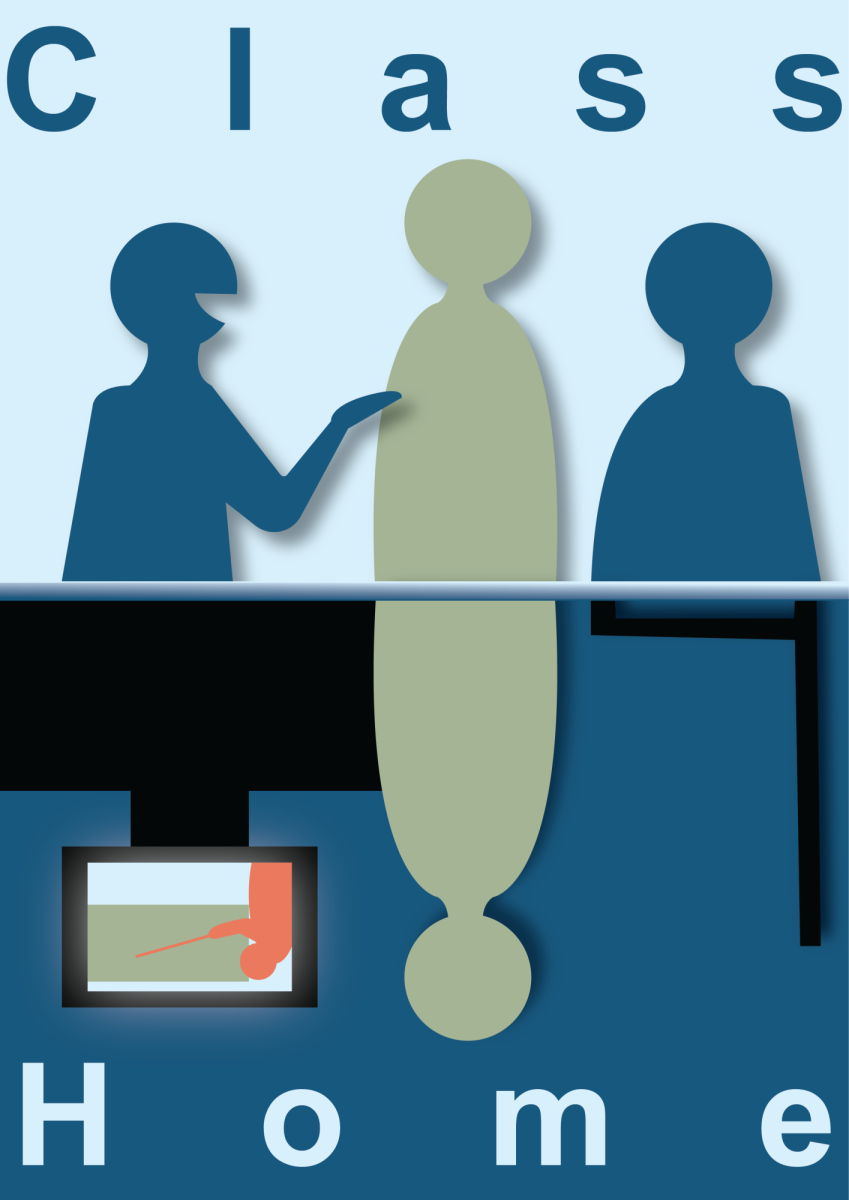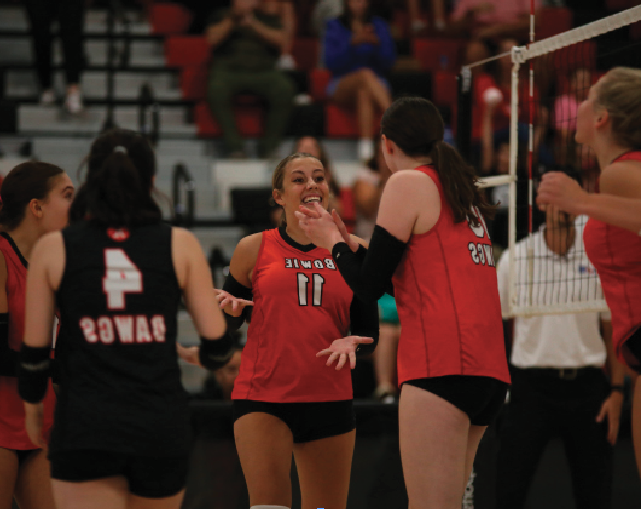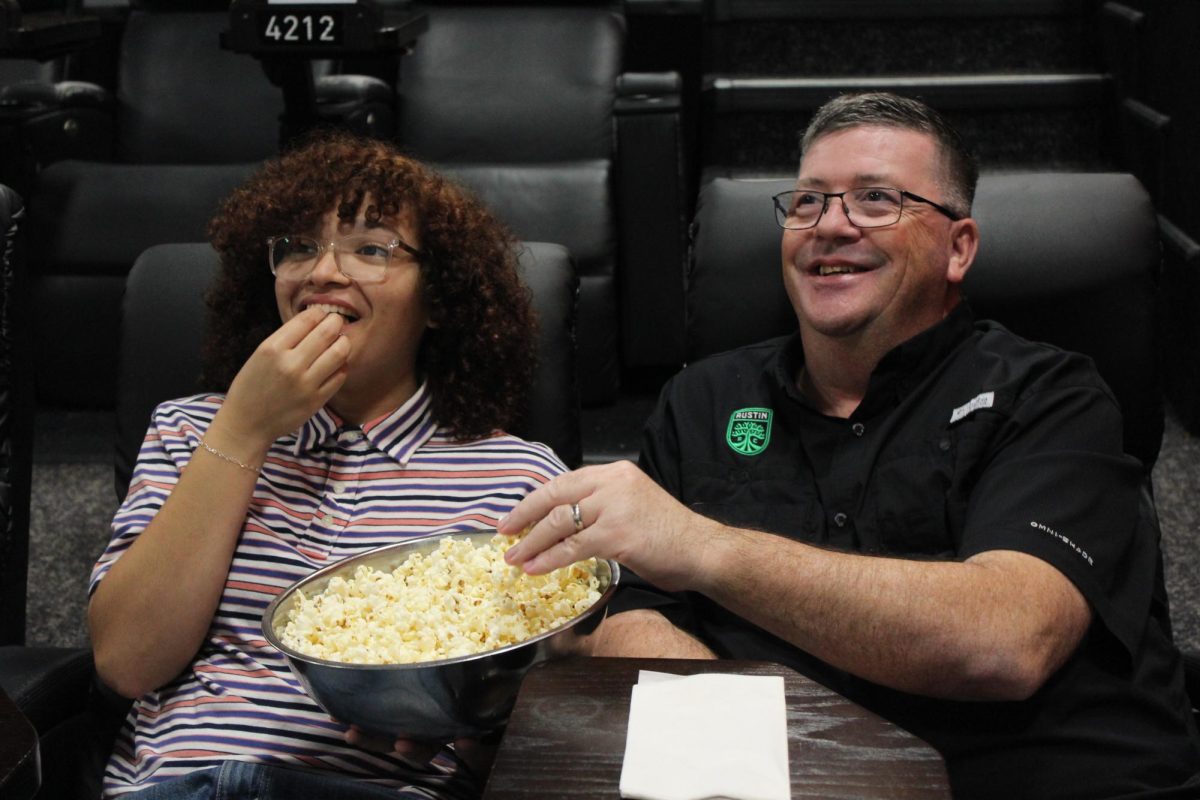“No homework” is something students will always be relieved to hear when they walk into class on the first day of school. Their relief is short-lived when the teacher begins to explain what “no homework” really means for their classroom. The flipped classroom style is what some teachers now have in mind when they say no homework at the beginning of the year.
This is a method of teaching that was designed in Colorado by high school chemistry teachers in 2006. This system is intended to give teachers the option of allowing students to do class activities and homework during the scheduled class time, and the students are expected to learn the material itself on their own time through video lectures.
This method had likely risen in popularity due to school being more asynchronous during the 2020-2021 school year. This is because many students were participating in more self-paced lessons on Blend, whether they attended school online or in person. This style of learning made the workload easier for students to manage during the abnormal situation.
Now that everyone’s back to in-person school this particular format of teaching is still being used because some teacher’s chose to carry it over from the quarantine. This style of teaching isn’t overused, but when it is used, it’s more difficult to manage from a student’s perspective. Students are expected to learn the material on their own without the support of someone there to teach it to them and help if they’re struggling.
This gives teachers more of an incentive to do hands-on activities in class, but at the cost of the student’s academic success. This learning style generally ends up with the teachers actually assigning homework on top of the notes you’re supposed to do on your own. The hands-on activities tend to take more time than the regular assignments this just means the students have to do the notes and the assignments on their own time. The students have to do most of the heavy workload on their own as well as learning the material themselves.
Most academic activities that are done in class, are supposed to be beneficial so students see how the skills they’re learning would work in real-life situations. However, this doesn’t actually help with the work on paper they receive that doesn’t apply to the real world in the slightest.
Some may argue that a flipped classroom helps students with their independent learning skills and makes it easier for students who miss class to catch up. This, in turn, is only beneficial to a small number of individuals. Most of the traditional work that’s assigned outside of class will have the same effect on students’ independent learning skills as having to learn the material and then practice it on their own time.
This can be increasingly harmful to students because as they move into higher levels of education, they start seeing their instructors less and less. This means that students will have to take time out of their already busy schedules to discuss material that should’ve already been taught during class time.
The flipped classroom work styles still tend to be ineffective for students who may not have adequate technological resources. Most flipped classrooms rely on videos to take notes and learn the material, but not all students have access to the internet or working technology that would allow them to access the curriculum.
This also proves to be an issue for the teachers because of the lack of face-to-face contact they’ll get to share with their students. Generally, if teachers get to know their students, they see areas where they are struggling and ways they can help them improve. In this style of learning most class activities would be very hands-on and it will make it more difficult for the teachers to identify the areas where their students are struggling.
Finally, the idea of a flipped classroom generally looks good on paper having students do many hands-on activites.






